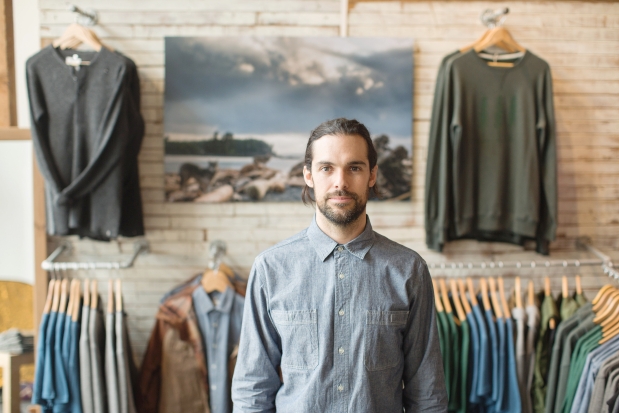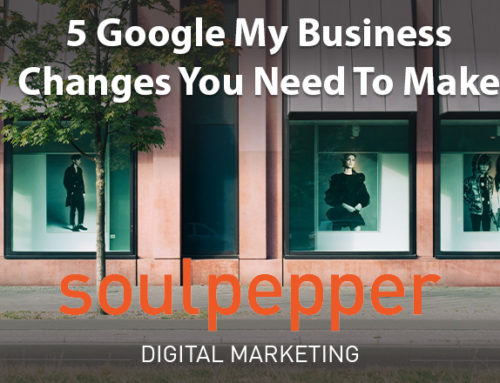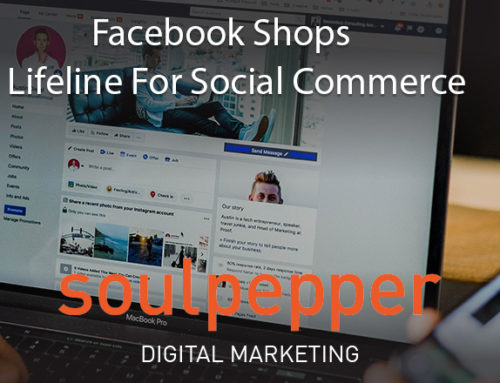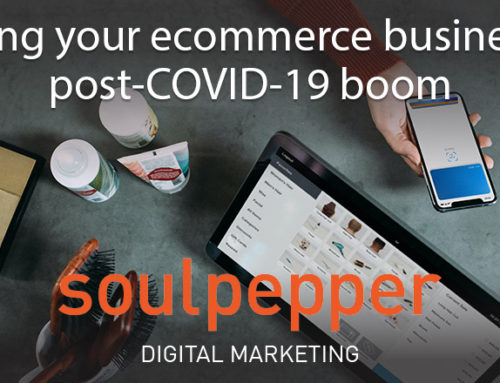Being in business is hard enough, but when you’re also in the business of challenging the status quo, things can get tricky. Our Founderpreneur Series is dedicated to CEO’s everywhere who are shaking up business as usual. Today’s soulpepper is Rene Gauthier, CEO of Sitka.
A lifestyle brand designed by the sea and woven by a common thread, Sitka has been committed to taking care of the planet since day one. We caught up with Rene as he was preparing for a financing raise to hear how he’s pitching investors, why he’s moving production back home, and why a certain yoga wear brand needs to be disrupted.
soulpepper: Where is Sitka headed?
Rene Gauthier: That’s a big question. We see consumerism and the environment are totally at odds right now. And we get the irony that we’re making more consumer products here. We’re finding a way to offer a balance to that. People aren’t going to stop buying things. So we’re trying to offer products with purpose, that last, so you don’t have to buy as much. You just have to buy enough. And in doing so, we’ll do our best to put some initiatives through and try to balance things a bit.
What’s your most immediate challenge right now?
We changed so much in the last year. Moving all our production back to North America, switching up how we do wholesale business, starting a non-profit to have this hybrid model. And we recognize we need to grow a bit. We offer this breadth and quality of product to compete with other much larger companies. So there is a certain amount of fixed costs and we need to get to a particular volume to cover that. So right now we’re raising funds to help us get to that level.
Pitching a hybrid model to investors? It’s like, “apple, I get that, orange? I get that. Oh, some crazy tropical fruit I’ve never seen? I don’t get that. I don’t understand. Not interested.”
So how do you frame it for investors?
It’s a challenge. Right now we’re right at the start of our fundraising so we’re sticking to our guns. To find the people that do get it and feel the same way we do that this isn’t just like a fad or new or trendy. It’s how all businesses are going to have to operate if they want to remain in business. But for the people taking that leap and leading, yeah, there are some challenges there for sure.
It seems like the metrics in place to measure success, are not necessarily the metrics you are presenting in your deck?
I’ve heard multiple times: just focus on making as much money as possible, right from the start. Then when you have a ton of it, you can get into philanthropy type stuff. For us it’s like no, that’s not what we’re up to here.
Why not? Why isn’t it?
I would say the larger the impact we have the more money we will make. That’s how I see it. And we can tell that’s what our customers and our community wants. They want to be part of the solution as well.
So we’re looking at philanthropy not for a few billionaires, but for a few billion people who have a bit of pocket change to throw around. We can empower them to be philanthropists as well.
David Suzuki is not about to open up on Robson Street. It’s not going to happen. So the general public can’t go in and have a conversation with him. But for us, we have the store. We have that baked in. We are able to talk about the issues and initiatives and ideally convert some people over. So our honey pot if you will is: we are this cool brand making cool clothes, so we bring people in for that, then bonk them on the head and turn them into an environmentalists. It doesn’t happen overnight but it’s planting little seeds to get them thinking.
Was that the purpose of Sitka right from the beginning? To be subversive?
It has evolved over time. We are 1% for the planet members, so let’s look at that model. If you want to have impact you’ve gotta get big. Real big. The Patagonia way of doing it. They are a 600 million dollar company now, that’s great. That’s 6 million dollars we get to put in here. Let’s keep growing. But for us, that’s so far away. We want to have impact sooner than that. So how can we use these spaces that we have and our community to get to that 6 million faster than waiting until we get to be a 600 million company?
Why bring manufacturing back to North America?
We wanted to have the clothing made as close as possible to where it as being sold. Not shipping things all over the place. That was the main vision.
Is it going to be viable from an economic perspective?
Yeah. The prices overseas have been going up steadily over the last several years. People are scrambling their way out of China to find somewhere cheaper. Jumping into Vietnam or Bangladesh. But it’s going to go up there as well. There’s a lot of other costs for a company our size. The travel. Having people there. In order to feel secure that we were doing things right there, we had an office in China with a few employees, so we always had people on the ground there. That’s a substantial cost. Our customers want to support things that are made locally. Sure, there are a few people we’ll lose on price, perhaps at first, but we’re gaining others that have certain morals or standards and are committed to buying local.
Eventually the message gets passed along that the $10 T-shirt isn’t good for anybody. When you buy it, you’re not helping anything.
Think about your industry for a minute. When I say status quo what comes to mind?
Status quo? (Laughs) Really? Brands come to mind. You want me to name brands? Joe Fresh. Kit & Ace, lulu, Gap. Status quo. It needs disrupting! I was talking to someone recently who had worked at Best Buy and she was sharing how hard it is for change to happen in large organizations like that. It’s so hard that it likely won’t happen. It takes too much work to get that type of change done. It will be in new businesses coming up and taking over and old ones dying. I think when socially responsible companies are told by investors to just concentrate on making money, and then do the social change thing, it sets them up for just the opposite. Before you know it, you’re one of the large companies that can’t move. Yes! That’s a super good point. I’m going to use that. The next time an investor asks me that I’m going to say it has to be baked in from the beginning. You’re right. The pressure will only go up.
What is your soul legacy?
That we helped change the status quo. I’m not saying our model is the only one out there. I’m sure others are going to follow with new ways to create that balance. But yeah, when I’m on my deathbed, I look back and see that all companies are now social ventures.
– – –
Written by Rik Klingle-Watt
About the author
Rik Klingle-Watt is a soulpepper and the writer of Not Business as Usual, an award-winning documentary about disrupting the business quo.
soulpepper is a digital marketing agency on a mission. We help companies that are up to something good, increase leads, attract more customers and drive more dollars to their bottom line. Check out our newsletter for more great ideas on how to build your ecommerce empire.







Leave A Comment